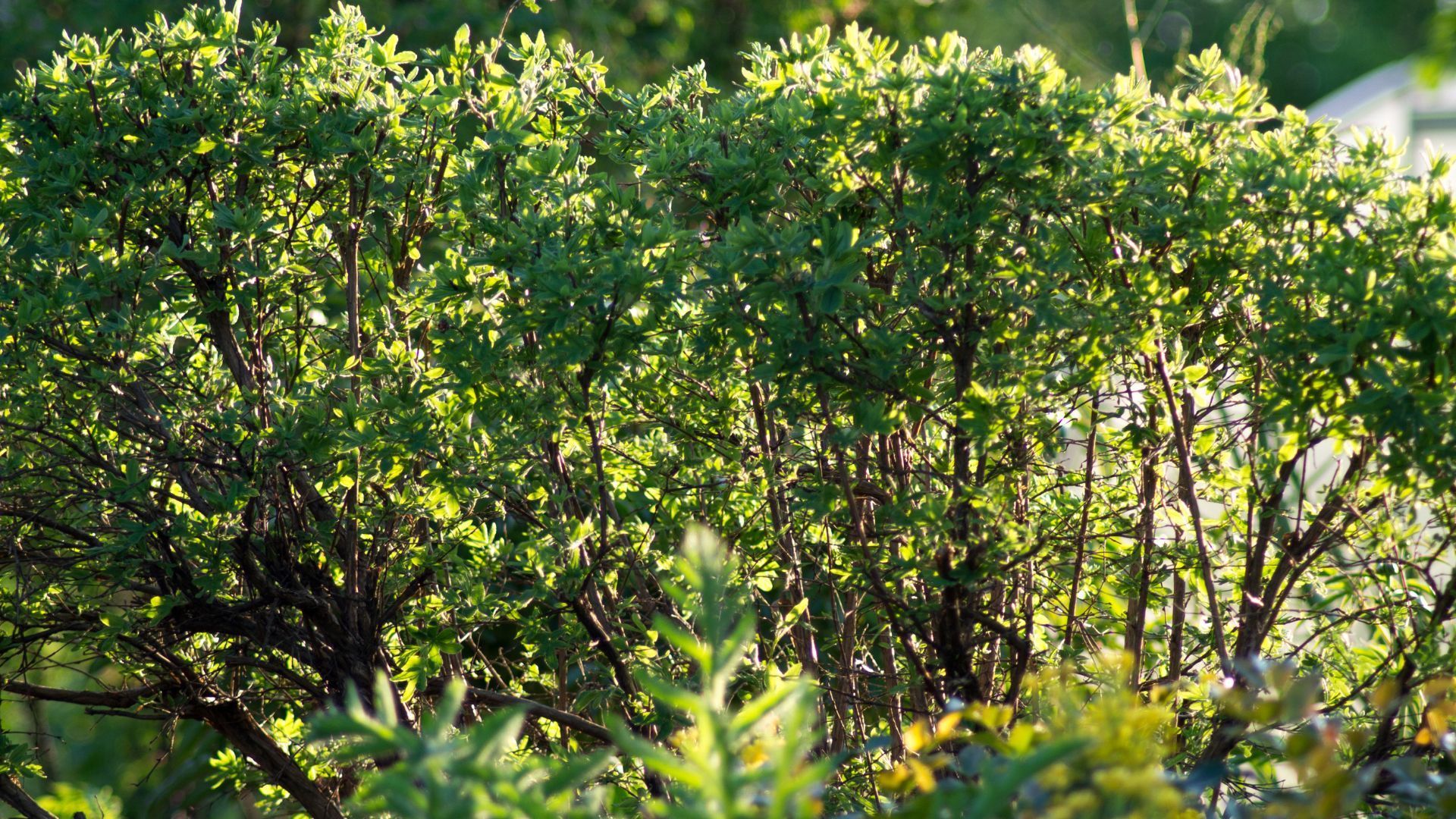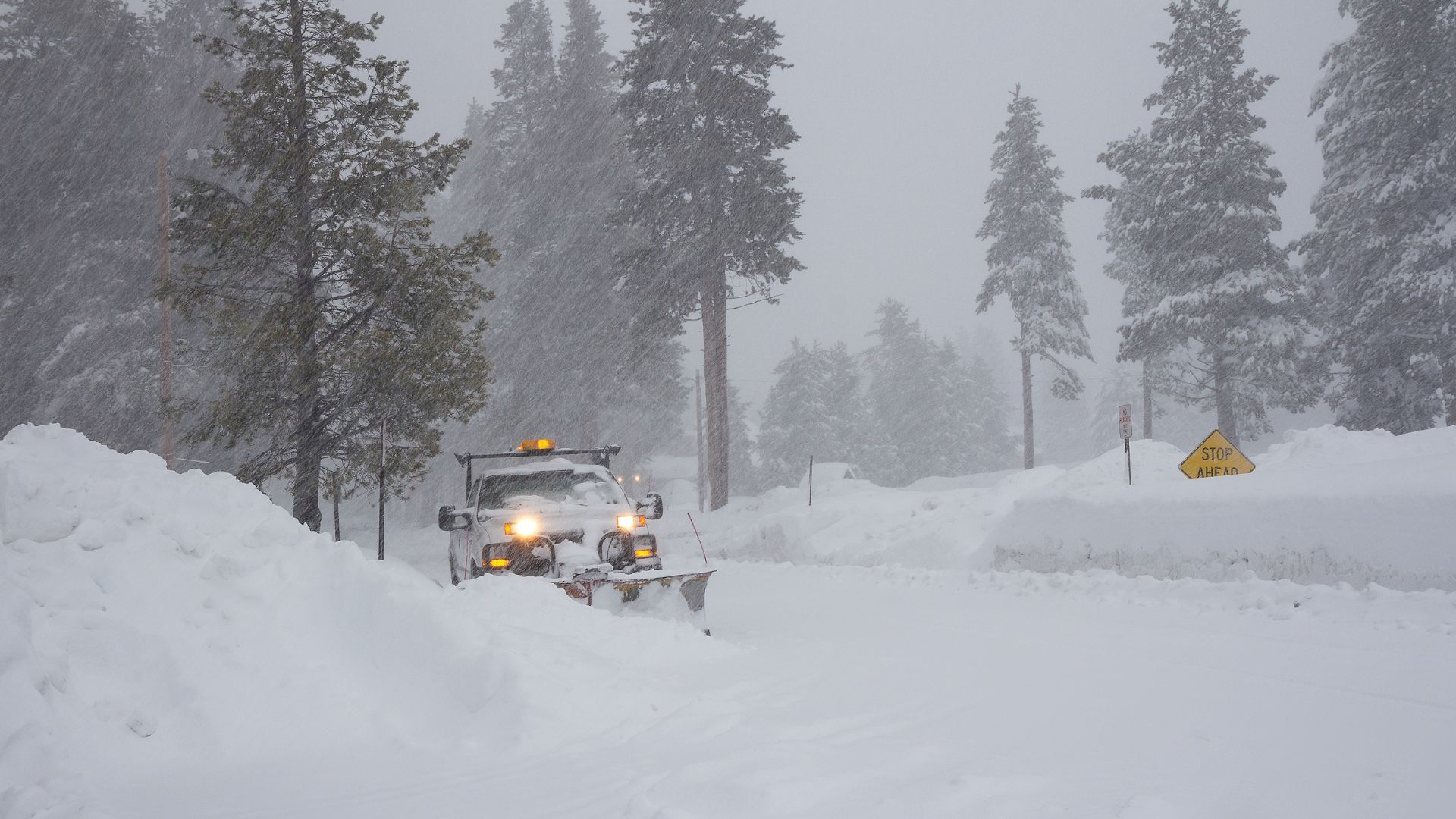How Does a French Drain Work?
How Does a French Drain Work?
Your one stop blog on everything french drain: what it does, when you should get one, and how to get one.
What Does a French Drain do?
It’s basic physics, really. Thanks to gravity, wherever there is water, there is a flow. No matter what, water will always flow downhill; which, when you think about it, is the entire concept behind landscaping irrigation and drainage… but how does irrigation and drainage actually work? A common practice among landscaping professionals, like Milton Landscaping Turfpros, is carefully planning and implementing slightly sloped trenches into your landscaping design. By digging a trench with a slope, any standing water will be pulled away from your home… but what does any of this have to do with a french drain?
What is a French Drain?
Who wants to have a bare-naked, mud-filled trench openly exposed in their front lawn landscaping? Does that sound aesthetically pleasing to you? If the answer is no, then installing a french drain is the perfect solution. The main difference between a french drain and a trench is the classy style that a french drain offers. Instead of leaving the trench openly exposed, a french drain’s trench is typically filled with decorative round gravel rocks. With the addition of a pipe that’s gracefully placed within the landscaping, a french drain makes the flow of your lawn’s irrigation and drainage look entirely natural.
How French Drains Work
When there’s no clear direction for water to flow, you’re likely to experience an uneven water distribution across your lawn. This could look like your lawn not getting enough water, too much water, or experiencing prolonged standing water due to debris causing a blockage. A french drain, however, provides excess water with a place to flow. The implementation of the round rock gravel allows the rocks to filter out chunks of debris that are found within the water, such as branches and clumps of leaves or grass. By freeing the water of debris, and by providing the water with a definitive sloped path, the water can now flow naturally. Once the water has caught it's quite literal flow, any excess water will flow into a perforated pipe that’s located at the bottom of the trench
When to Use French Drain Systems
Aside from making your landscaping look fancy, the french drain actually serves a finite purpose: preventing your home from water damage. If your home has consistently experienced things like pooling water surfaces, retaining wall pressure, wall damage, flooding, or foundational damage - it may be time to consider installing a french drain.
How Much Does a French Drain Cost?
While the cost of installing a french drain can vary by what your home’s needs are, the cost of installing a drain is not nearly going to be as expensive as the cost of repairs from water damage wreaking havoc on your home. Additionally, most landscaping professionals offer free consultations: it doesn’t cost anything extra to check. So if you live in the greater Milton, ON area and are experiencing the aforementioned issues, please do not hesitate to reach out to a local landscaping professional. This is where we, Milton Landscaping Turfpros, are happy to help.
You might also like





